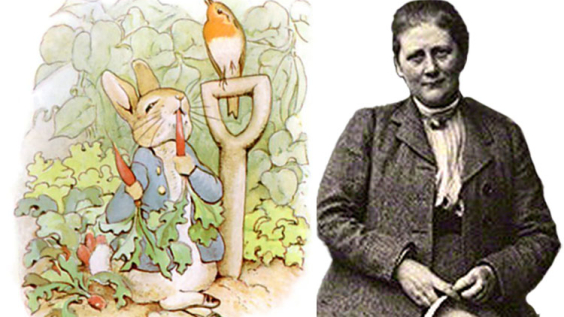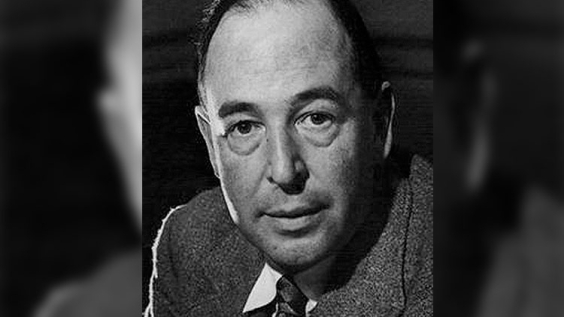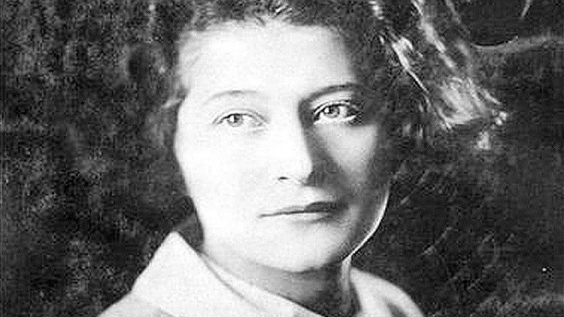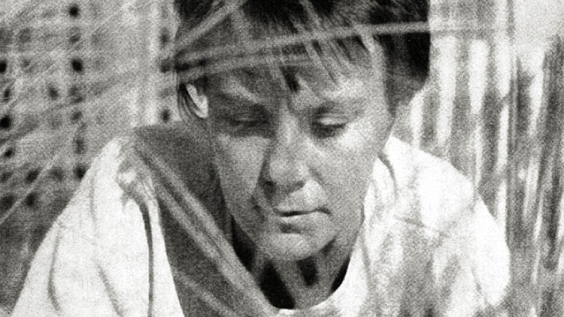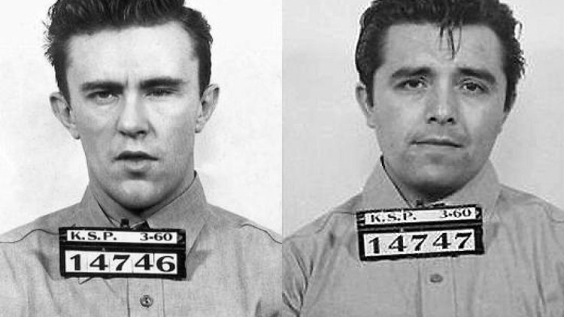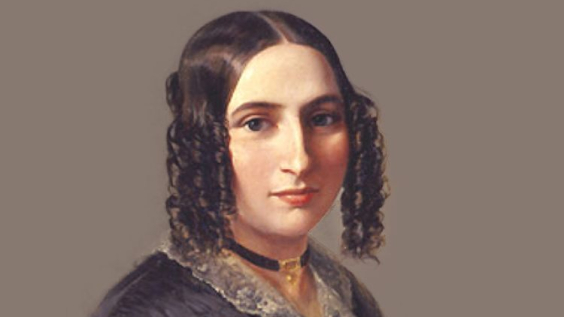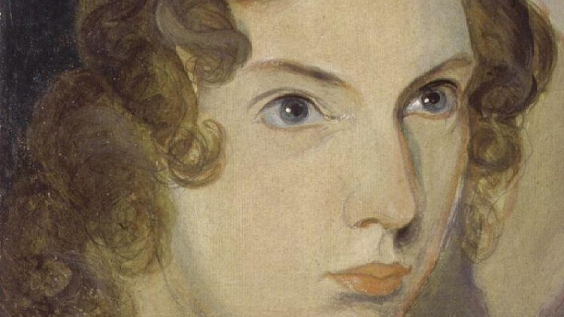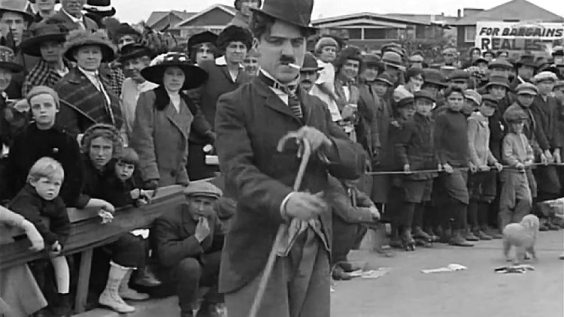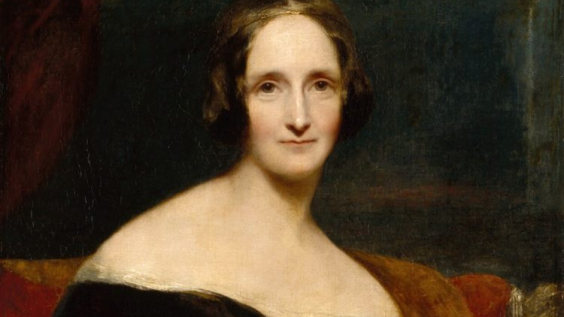
England’s medieval period is often viewed as a time of bloodshed, religious fervour, and relative barbarism; a somber ‘dark age’ awaiting the explosion of arts and culture that was the Renaissance.
Hundreds of years before Shakespeare arrived on the scene however, a rich culture of literary tradition had long been established in England, with epic deeds of heroism, romantic tales of chivalry and bawdy banter abound.
These 4 exceptional works of Medieval English literature not only enthralled their contemporary audiences, but have continued to do so up to the modern day, inspiring retellings from generation to generation.
1. Beowulf by Unknown (700-1000AD)
‘O flower of warriors, beware of that trap.
Choose, dear Béowulf, the better part,
eternal rewards. Do not give way to pride.
For a brief while your strength is in bloom
but it fades quickly;
***
Your piercing eyewill dim and darken; and death will arrive,
dear warrior, to sweep you away.’
Beowulf, written between 700 and 1,000 AD by an unknown author, is an Old English epic poem renowned as one of the most important pieces of its time.
The story centres on Beowulf, a hero of pagan Scandinavia in the 6th century. His is called upon by the Danish king Hrothgar to defeat a fiendish monster named Grendel, who relentlessly attacks his mead hall in Heorot.

An 11th-century Beowulf manuscript
Image Credit: British Library, CC BY-SA 4.0
Beowulf embarks on his quest to Heorot, encountering not one but two vicious monsters in the form of Grendel and his mother. Mustering courage befitting an epic hero, Beowulf triumphs over evil and returns to his native home of Geat, in time becoming king.
Following 50 years of glorious rule, Beowulf’s bravery is again tested when a terrifying dragon lays waste to his beloved kingdom. Despite now being an aged warrior, Beowulf again embarks on this deadly quest, eventually fighting the beast at the poem’s climactic end. He is slain in the service of his subjects, whilst also managing to deliver the ‘deadly wound’ that kills the dragon – a true hero’s demise.
Beowulf is a tale of bravery, honour and adventure, with thrilling depictions of the supernatural and otherworldly as man’s ultimate enemy. The interesting intertwining of paganism and Christianity also reflects the melting pot of Anglo-Saxon religion that was emerging in the medieval period, with ideas of both God and the Bible appearing alongside pagan ideas of fame, heroism, and glorious death.
2. Sir Gawain and the Green Knight by Unknown (Late 14th century)
‘Great wonder of the knight
Folk had in hall, I ween,
Full fierce he was to sight,
And over all bright green’
Sir Gawain and the Green Knight is a late-14th century text written by an unknown author, widely known as ‘The Gawain Poet’, or ‘The Pearl Poet’ owing to another work titled Pearl.
The romantic tale features Sir Gawain, a knight of King Arthur’s Round Table, who embarks on a quest to find the mysterious Green Knight. The Green Knight had offered a challenge to Arthur’s court, that anyone may step forth and strike him on the condition that he would return in a year and a day to return the blow. If the assailant survived they would keep his prized axe.
Sir Gawain steps forth to accept the challenge, cutting off the knight’s head with one swift slash. The mysterious figure does not die however, and from his deathly lips reminds Gawain of his promise, bidding he meet him in the Green Chapel.
As the months pass, the young knight sets off in search of the mystical Green Chapel, yet on the way finds himself at the raucous court of a local lord who issues him 3 secret tests of honour. When he eventually tracks down the Green Knight, he is revealed to be none other than the lord of the castle, bewitched by sorceress Morgane le Fay to teach Gawain a lesson on morality.
 Listen Now
Listen NowIt is overall a tale of chivalry, medieval questing and magical undoings, with a lingering encouragement of honesty and bravery. Written in a North West Midland dialect, many have pondered the origins of the Gawain Poet and his inspiration, with locations in the Peak District drawing comparison to sites in his fabled version of England. The atmospheric Lud’s Church is one such, believed by many to be the inspiration for the Green Chapel.
3. The Canterbury Tales by Geoffrey Chaucer (1387-1400)
‘And specially from every shire’s end
Of England they to Canterbury wend,
The holy blessed martyr there to seek
Who helped them when they lay so ill and weak’
Geoffrey Chaucer’s The Canterbury Tales is one of the most well-known pieces of English literature to date, and has provided a valuable – and highly charming – look into medieval life since its conception. Written between 1387 and 1400, it takes the form of 24 stories all linked through the tellers’ shared pilgrimage journey to Canterbury Cathedral, with characters from all walks of life speaking on their experiences.
We hear from the likes of a knight and a cook, a monk and a physician, a prioress and a squire, who among others tell hearty tales in the hope of winning the agreed prize – a free meal at the Tabard Inn at Southwark upon their return to London.
The speakers provide a rich variety of views and opinions on medieval society and particularly religion, refreshingly questioning and even ridiculing the establishments of the day. Instead of focusing on one overarching theme, as was common in medieval literature, the personalities and stories of the individual characters take precedence, with bawdy tales from all walks of life heard. Even their pilgrimage is not the focal point!

Title page of Geoffrey Chaucer’s ‘Canterbury Tales’ in the hand of “Scribe B”, identified as Adam Pinkhurst, c. 1400.
Image Credit: Adam Pinkhurst, CC0, via Wikimedia Commons
At the time of Chaucer’s death in 1400 it remained unfinished, yet its popularity helped promote further work written in the English vernacular. As such, Chaucer is often named the ‘father of English literature’.
4. Le Morte d’Arthur by Thomas Malory (1485)
‘Whoso pulleth out this sword of this stone and anvil, is rightwise king born of all England.’
Le Morte d’Arthur or ‘The Death of Arthur’, is a 15th century reworking of the folkloric tale of King Arthur written by Thomas Malory in 1485.
It was the first ‘complete’ story of the legendary king to be written, as Malory collated the various fragments of English and French work into a finished and spectacular piece. While mentions of Arthur had been around from the 9th century, Malory’s work has become the key source of information on Arthur’s life.
Le Morte d’Arthur follows the legendary king’s birth, rise to glory, and eventual death, as well as the adventures of his contemporaries at Camelot. Sir Lancelot and Queen Guinevere feature, as well as the infamous quest for the Holy Grail.
The now infamous sword in the stone ‘Excalibur’ plays a role in the tale, alongside Merlin, the Lady of the Lake, and the Round Table, as readers are taken through the mythologised Britain long-aligned with Arthurian legend.
 Listen Now
Listen NowInterestingly, three motifs also run through the work – the affair of Lancelot and Guinevere, the familial blood feud of King Lot and King Pellinore, and the quest to find the Holy Grail. These have been suggested as the three pillars of Arthur’s downfall through ‘the failures in love, in loyalty, in religion’, inviting contemplation on both medieval beliefs and society and our own modern-day trials and tribulations.
Written in Middle English prose, Le Morte d’Arthur was reportedly penned during another of England’s turbulent eras – the Wars of the Roses. Malory was at the time in Newgate Prison, after changing his allegiance from York to Lancaster and attempting to overthrow Edward IV. So much for Arthurian honour and chivalry!



